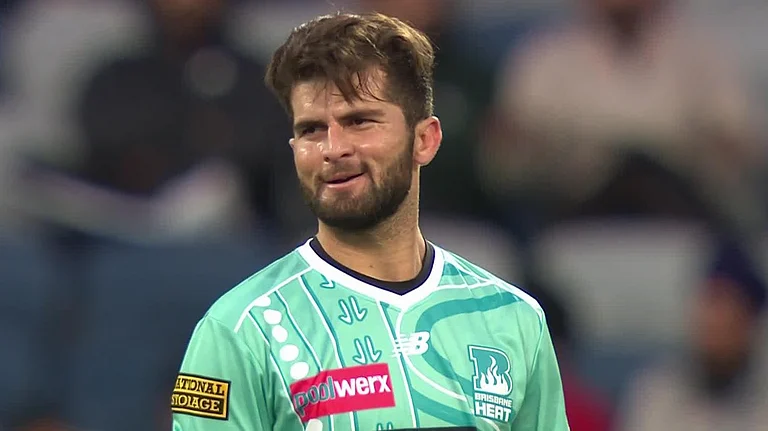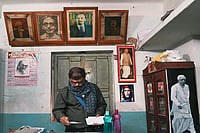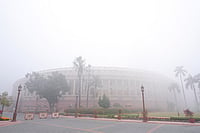Amidst these assertions and denials, Outlook talked to a clutch of militant leaders, their footsoldiers, and intelligence officials to find the following:
- A section of the intelligence establishment continues to maintain its links with the leaders of four militant groups: Lashkar-e-Toiba (LeT), Jaish-e-Mohammad (JeM), Harkatul Mujahideen (HuM) and Hizbul Mujahideen (HM).
- Lashkar-e-Toiba and Hizbul Mujahideen, both active in J&K, have been allowed to resume training activities at their camps in various parts of the country.
- JeM has been renamed Khudamul Islam, and HuM is now Jamiatul Ansar.

Abdul Ghafoor, a young LeT militant from Kotli in Pakistan-held Kashmir, confirms that hundreds of militants are undergoing advance-level training at dozens of camps in Bagh, Rawalkote, Kotli, Gulpur, Aliabad, Halanshumali, Padhar, Halan, Kaliar, Forwad Kahuta and Kacharban. He says around 200 militants are training at the Bagh training camp across Poonch, and between 100 and 125 at the Rawalkote camp.
These eyewitness accounts apart, senior intelligence sources provide a consolidated figure: Pakistan-administered Kashmir (or Pakistan-occupied Kashmir) hosts at least 36 training camps with approximately 3,600 militants; that a majority of these camps are located in Muzaffarabad and Kotli districts. They added that LeT maintains, among others, the Danna and Abdul-Bin-Masud camps in Muzaffarabad and the Badli camp in Kotli with almost 400, 300 and 350 jehadis respectively. The Hizbul operates the Jangal Mangal camp in Muzaffarabad and another at Mangla with at least 300 cadres each.
Interestingly, a substantial section of the recruits at the camps are trained militants who have been summoned for undertaking refresher courses. Kashmir apart, the Punjab province of Pakistan bordering India has emerged as the biggest catchment area for jehadis. Intelligence sources say more than 50 per cent of jehadis in Pakistan belong to Punjab; the Lashkar runs 18 recruitment centres, Jaish 11 and other outfits active in Kashmir, excluding Hizbul Mujahideen, 15 centres.

The leaders of militant groups are adamant on waging jehad. As former Lashkar chief Hafiz Mohammad Saeed, who now heads the Jamaatul Dawa, told Outlook, "We won't abandon jehad come what may. We waged jehad against the Soviet occupation forces in Afghanistan and America supported us with guns then. If these jehadis were not terrorists at that time, then why are they terrorists now?" For Saeed, Kashmir is a battlefield for jehad, a 57-year-old custody battle, an open-and-shut case with Pakistan in the right.
Almost all the major jehadi outfits have re-launched their campaigns to recruit volunteers. The most effective instrument of these groups to propagate jehadi culture are their publications (Ghazwa, Majalla, Zarb-e-Taiba, Shamsheer, Zarb-e-Momin etc) which together boast a circulation of millions and are distributed across Pakistan free of cost. These publications feature jehadi ballads, impressive interviews and profiles of young jehadis with big pictures, verses from the Quran, and letters from the readers to inspire the readers, particularly the youth.
In the months following 9/11, and under mounting pressure from Washington, LeT's Hafiz Mohammad Saeed, Jaish's Maulana Masood Azhar, HuM's Maulana Fazlur Rehman Khalil and HM's Syed Salahuddin were put under house arrest. Not only are these four leaders free now, none of them has been prosecuted for fomenting terrorism.





















